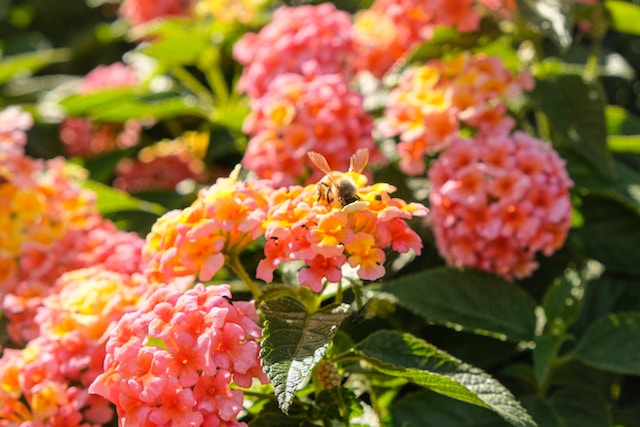Pollinators, such as bees, butterflies, and hummingbirds, play a crucial role in our ecosystem. They help pollinate plants, which in turn produce the fruits, vegetables, and nuts that make up a significant portion of our diets. Unfortunately, pollinator populations have been declining in recent years due to habitat loss, pesticide use, and climate change. One
Pollinators, such as bees, butterflies, and hummingbirds, play a crucial role in our ecosystem. They help pollinate plants, which in turn produce the fruits, vegetables, and nuts that make up a significant portion of our diets. Unfortunately, pollinator populations have been declining in recent years due to habitat loss, pesticide use, and climate change. One way to help these important creatures is by creating a pollinator garden in your own backyard. In this article, we’ll discuss the benefits of pollinator gardens and provide tips on how to create your own.
Why Pollinator Gardens are Important
Pollinator gardens provide a habitat for bees, butterflies, and other pollinators to thrive. By planting a variety of flowers, shrubs, and trees that bloom at different times throughout the year, you can ensure that there is a constant source of food for these creatures. In addition to providing a food source, pollinator gardens also offer shelter and nesting sites for bees and butterflies.
Creating Your Own Pollinator Garden
Creating a pollinator garden is easy and can be done in just a few simple steps.
Step 1: Choose the Right Location
Choose a location in your yard that receives at least six hours of sunlight per day. Pollinators need sunlight to warm their bodies and energize themselves for flight. Make sure the location is also sheltered from strong winds, as this can make it difficult for pollinators to fly.
Step 2: Choose the Right Plants
Choose a variety of plants that bloom at different times throughout the year. This will ensure that there is a constant source of food for pollinators. Some good choices include:
– Milkweed: This plant is essential for monarch butterflies, as it is the only plant that their larvae can eat.
– Coneflowers: These flowers are a favorite of bees and butterflies and come in a variety of colors.
– Bee balm: This plant is a favorite of hummingbirds and bees and produces beautiful red, pink, or purple flowers.
– Lavender: This plant is a favorite of bees and butterflies and produces fragrant purple flowers.
Step 3: Provide Water
Pollinators need water to survive, so make sure to provide a source of water in your garden. This can be as simple as a shallow dish filled with water or a bird bath.
Step 4: Avoid Pesticides
Avoid using pesticides in your garden, as they can be harmful to pollinators. Instead, use natural pest control methods, such as companion planting or handpicking pests.
Step 5: Maintain Your Garden
Maintain your garden by watering it regularly and removing any dead or diseased plants. This will ensure that your garden continues to provide a habitat for pollinators.
Conclusion
Creating a pollinator garden is a simple and effective way to help support pollinator populations. By providing a habitat for bees, butterflies, and other pollinators, you can help ensure that our ecosystem remains healthy and productive. So why not create your own backyard haven for these important creatures?

















Leave a Comment
Your email address will not be published. Required fields are marked with *